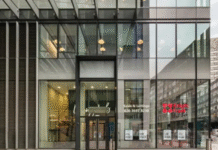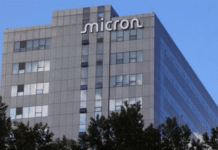Mumbai— The average apartment loading in India’s top seven cities rose to 40% in Q1 2025, up from 31% in 2019, reflecting a growing buyer demand for lifestyle amenities in residential complexes, according to a new report by ANAROCK Research.
Loading — the difference between an apartment’s super built-up area and its actual carpet area — now means that only about 60% of the space buyers pay for is livable. The remaining 40% accounts for shared spaces like lobbies, staircases, elevators, clubhouses, and other community features.
Bengaluru saw the steepest rise, with average loading climbing from 30% in 2019 to 41% in early 2025. The Mumbai Metropolitan Region (MMR), long known for high loading, topped the list at 43% in Q1 2025 — up from 33% in 2019 and 39% in 2022.
“Buyers today expect more than just basic amenities — they want fitness centers, grand lobbies, landscaped gardens, and premium shared spaces,” said Dr. Prashant Thakur, Regional Director & Head of Research at ANAROCK Group.
Other cities also saw significant increases: Delhi-NCR rose from 31% in 2019 to 41% in Q1 2025, while Pune moved from 32% to 40%. Hyderabad rose from 30% to 38%, and Kolkata reached 39% from 31%. Chennai had the smallest increase, with loading at 36%, reflecting the city’s preference for more usable private space over shared amenities.
Despite RERA regulations requiring developers to disclose carpet area, there is currently no legal cap on loading percentages. This leaves many buyers — particularly outside Maharashtra — unaware of how much of their purchase goes toward non-livable space.
In the past, a 30% loading was considered standard. Today, Thakur noted, “higher amenity loading has become the norm,” as developers respond to evolving buyer expectations in a more competitive housing market. (Source: IANS)







